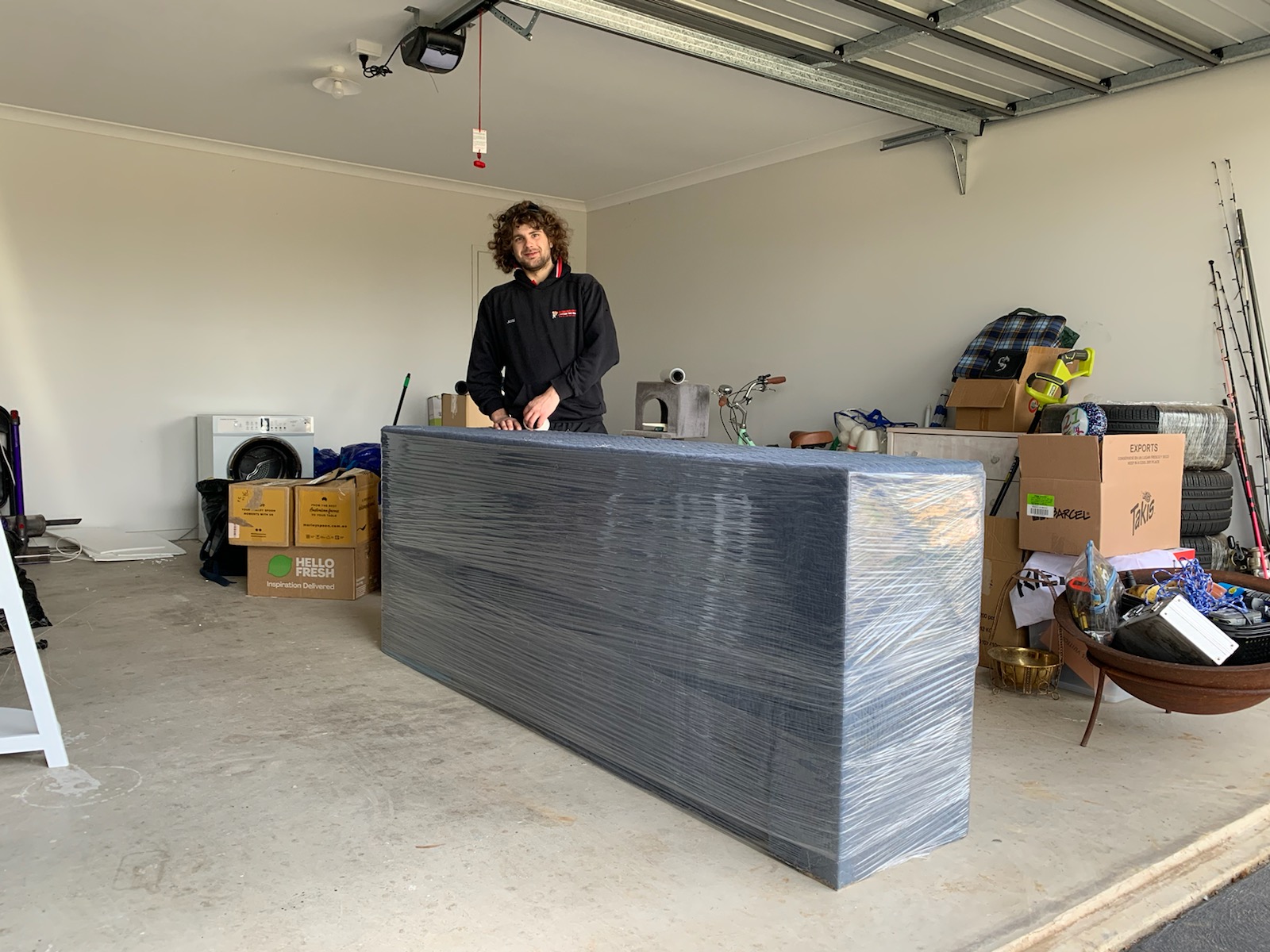
Moving or shipping fragile items can be a nerve-wracking experience. Whether you’re relocating to a new home or sending delicate objects to a friend or customer, ensuring they arrive safely requires careful packing and handling. With the right techniques and materials, you can protect your fragile items from damage during transit. In this comprehensive guide, we’ll walk you through the steps to pack fragile items like a pro.
Before you start packing, gather all the necessary supplies. This includes:
Selecting the appropriate box is crucial for protecting fragile items. Opt for sturdy cardboard boxes that are clean and free from damage. Choose boxes that are just slightly larger than the item you’re packing to minimise movement during transit.
Begin by wrapping each fragile item individually with several layers of bubble wrap or packing paper. Pay special attention to delicate areas such as corners, edges, and protrusions. Secure the wrapping with packing tape to keep it in place.
Line the bottom of the box with a generous layer of packing peanuts or foam padding to create a cushioning barrier. Place the wrapped items in the box, ensuring there is enough padding between each item and the sides of the box.
Fill any remaining empty spaces in the box with additional packing peanuts, bubble wrap, or crumpled packing paper. The goal is to prevent the items from shifting or moving around inside the box during transit.
Once the box is packed, seal it securely with packing tape. Reinforce the seams and edges of the box to prevent it from coming apart during handling. Use caution not to over-pack the box, as this could weaken the integrity of the box and increase the risk of damage.
Clearly label the box as “Fragile” using a bold marker. This alerts handlers to exercise caution when handling the box and ensures it receives special attention during transit. You may also want to indicate which side of the box should be kept upright.
For especially delicate or valuable items, consider double boxing for added protection. Place the securely packed box inside a slightly larger box and fill the empty space between the boxes with packing peanuts or foam padding. Seal both boxes securely and label the outer box as “Double-Boxed Fragile.
When shipping fragile items, choose a reputable shipping carrier that offers special handling services for fragile packages. Consider purchasing insurance for added peace of mind in case of loss or damage during transit.
Finally, handle the packed boxes with care during loading, unloading, and transportation. Avoid stacking heavy items on top of fragile boxes and use caution when lifting and carrying them. If possible, transport fragile items in your personal vehicle to minimise the risk of damage.
By following these tips and techniques, you can pack fragile items for moving or shipping with confidence. Remember to take your time and prioritise the safety of your belongings to ensure they arrive at their destination intact. With proper packing and handling, you can protect your fragile items and enjoy a stress-free moving or shipping experience.